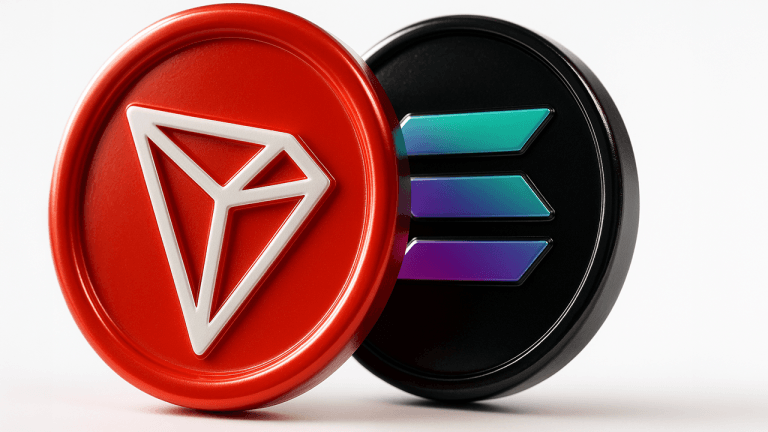ARTICLE AD BOX
TLDR
- Ethereum revenue fell by 44 percent in August compared to the previous month.
- The network earned $14.1 million in August which was down from $25.6 million in July.
- ETH reached an all-time high price of $4,957 on August 24 despite the revenue drop.
- Monthly network fees decreased by 20% falling from $49.6 million to $39.7 million.
- The Dencun upgrade in March 2024 led to significantly lower transaction costs on layer-2 networks.
Ethereum’s revenue dropped sharply in August, falling 44% compared to July. Despite this, ETH reached a new all-time high. Network fees and token burns both declined, raising questions around Ethereum’s economic model.
ETH Hits Record Price as Revenue Declines
Ethereum’s price surged to $4,957 on August 24, setting a new all-time high. Yet the network’s revenue dropped to $14.1 million, down from $25.6 million in July. This contrast highlights a major shift in Ethereum’s fee economy.
ETH rallied by over 240% since April, supported by strong institutional demand and public market activity. However, network fee revenue did not follow this growth, falling alongside usage. These declines occurred as investors increased focus on Ethereum’s staking and yield features.
Network activity slowed despite ETH’s high price, reducing overall transaction volumes. As a result, fewer tokens were burned, impacting Ethereum revenue. Transaction costs also dropped, further affecting income generation on the network.
Ethereum Network Fees Drop Post-Dencun Upgrade
Ethereum’s network fees fell from $49.6 million in July to $39.7 million in August. The 20% decline came after the Dencun upgrade earlier in March 2024. This upgrade significantly lowered costs for layer-2 networks.
The reduction in fees has decreased the amount of ETH burned monthly. Lower burns result in smaller rewards for ETH holders. This shift limits Ethereum revenue despite high trading interest.
The Dencun upgrade made layer-2 usage more efficient and cheaper. However, the upgrade also reduced base layer activity. Therefore, Ethereum now earns less from user transactions.
Institutions Show Renewed Interest in ETH Staking
Institutional interest in Ethereum has grown in 2025, driven by its yield-bearing potential. Matt Hougan of Bitwise said,
“Staking ETH turns it into a yield-generating asset, similar to a company earning profit.”
This approach has gained traction among traditional investors.
Etherealize raised $40 million in September to promote Ethereum to public companies. Treasury entities are now staking ETH as a strategic asset. As more firms stake tokens, ETH supply tightens and long-term confidence grows.
 4 hours ago
291
4 hours ago
291











 English (US) ·
English (US) ·